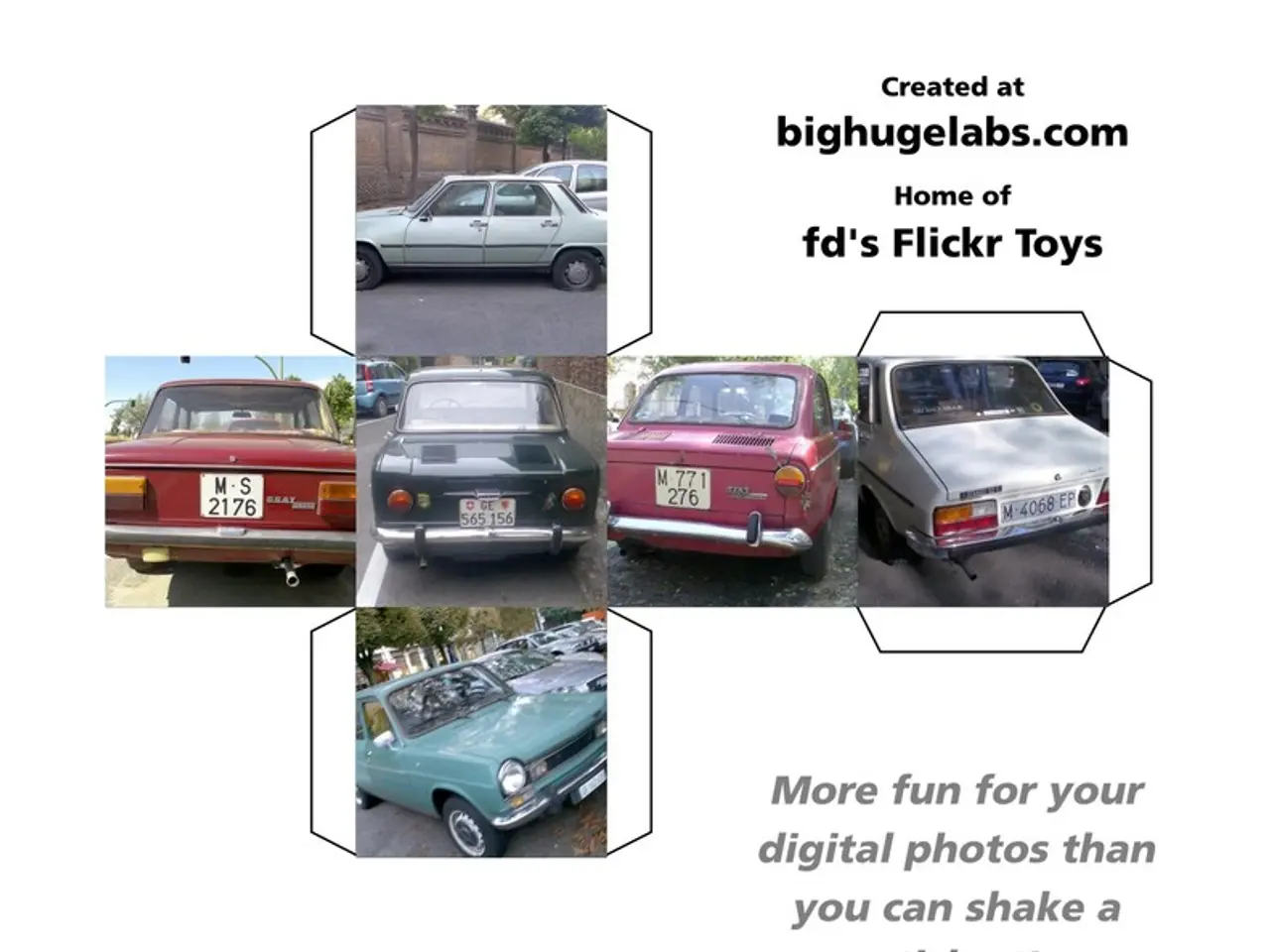Enhancing Mobility for All: Implementing Transportation Strategies with Disabled Individuals in Mind
The Transforming Mobility project, a collaborative effort between Sustrans and Transport for All, funded by the Motability Foundation, has unveiled five key strategies to enhance accessibility in transport for disabled individuals. The project, which engaged over 40 disabled people from various backgrounds, locations, and conditions, aims to shape transport improvements over the next five to ten years.
1. **Rebalancing Street Space**: The first strategy involves redesigning streets to cater better to the needs of disabled people, ensuring equal and safe access. This includes planning street space to support walking, wheeling, cycling, and public transport, rather than prioritising cars.
2. **Mobility Hubs**: The creation of mobility hubs, linking walking, wheeling, cycling, and public transport, is another key idea. These integrated transport nodes would connect various accessible modes of transport, facilitating easier, multi-modal journeys.
3. **Side Road Zebra Crossings**: The project recommends rolling out side road zebra crossings across the UK to improve safety and ease of movement for disabled pedestrians. These crossings have been shown to increase driver compliance and make disabled people feel safer when tested in UK cities.
4. **Reducing Car Parking**: Cutting car parking to clear pavements is another strategy. By reducing on-street parking, the project aims to ensure pavements are unobstructed and accessible for wheelchair users and those with mobility aids.
5. **Involving Disabled People in Decision-Making**: The project also suggests financially compensating disabled people to become members of access panels and advise on local transport decisions. This would involve disabled people directly in planning and decision-making, leveraging their expertise and lived experience.
These recommendations are based on the voices and experiences of over 1,107 disabled adults across the UK, ensuring the ideas reflect practical needs and priorities for improving transport accessibility. The survey, which was nationally representative, screened respondents to reflect a range of impairments, and data was carefully weighted to match the wider disabled population.
The survey found that nearly half of disabled people feel that transport isn't affordable, and half feel that both local and national governments aren't prioritising accessibility. Over half of disabled people also say the government isn't doing enough to help them be active or access nature.
The project also proposes the establishment of a national network to support access panels with training and resources. This network could help ensure that the voices of disabled people continue to be heard in transport planning, both in the UK and Belgium, where the project is also conducting research and engagement.
By implementing these five big ideas, the Transforming Mobility project aims to make transport more accessible for disabled people, improving their quality of life and enabling them to participate more fully in society.
- The health-and-wellness benefits of fitness-and-exercise can be significantly improved for disabled individuals if accessible walking routes, such as side road zebra crossings, are made a priority in urban planning and design.
- The science behind creating mobility hubs has the potential to revolutionize the transport industry by offering healthier, more efficient, and more accessible ways to commute for disabled individuals, blending various modes of transport like cycling, public transit, and active walking.
- In a move towards equitable finance, the Transforming Mobility project suggests involving disabled people in decision-making processes and compensating them for their expertise in access panels. This approach aims to improve the sector's understanding of the needs of disabled individuals, ultimately leading to better transport solutions.




